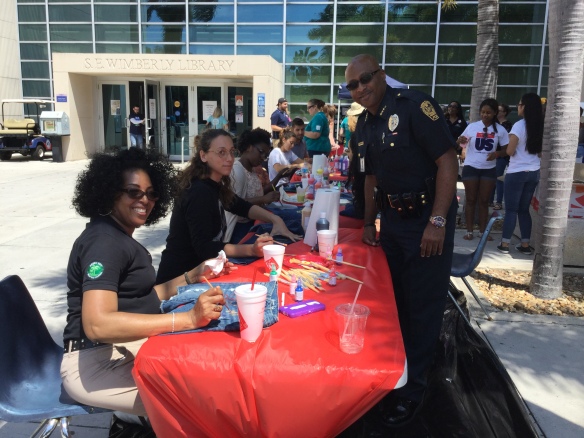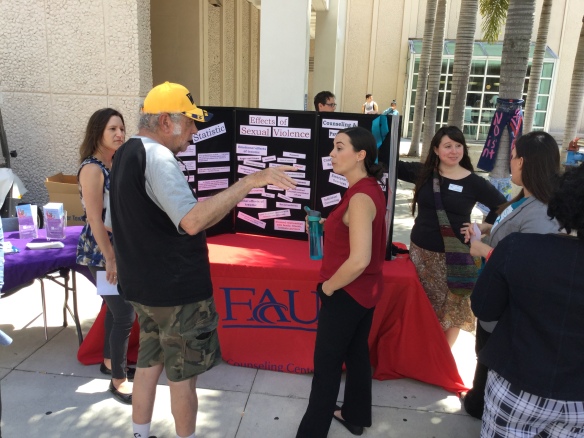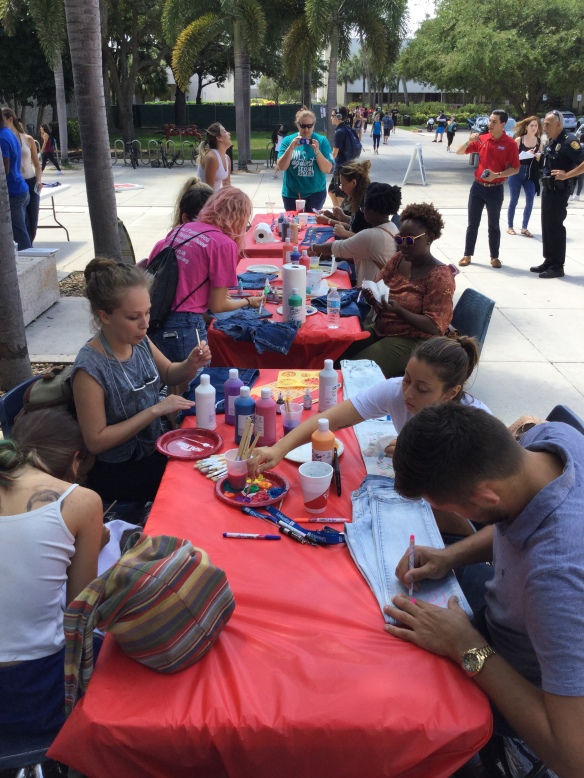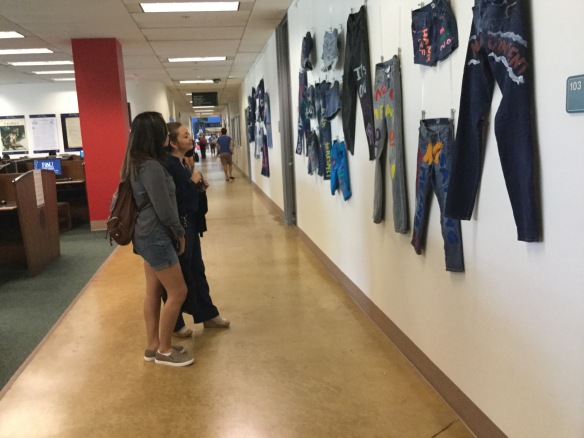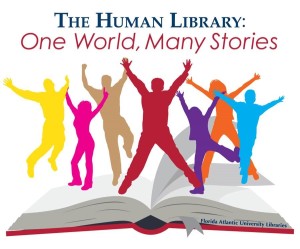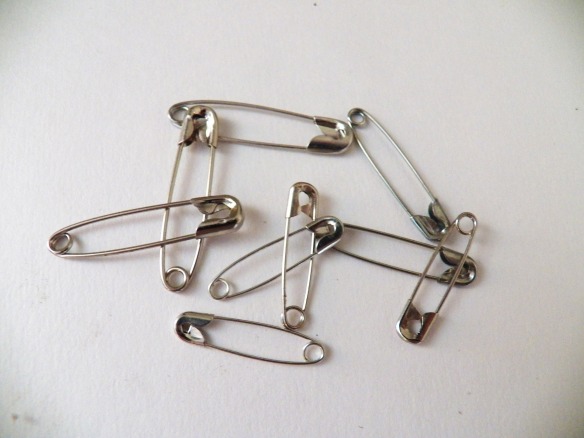On Wednesday, May 31, 2017, the Wimberly Library opened up part of the 5th floor to unrestricted use all the hours that the building is open. For many years, the 5th floor of the Wimberly Library has been underutilized. The space had consisted of a few staff offices; collections for the Recorded Sound Archives and University Archives (which had a number of duplicative materials, as well as many items not within our collection parameters); an open seating/presentation space used fewer than a dozen times a year with a stage and a piano; and the attached Weiner Spirit of America suite which includes the University Club Boardroom, a vault for rare materials, and some exhibition cases. Phase One of the 5th floor transformation focused on the open space outside the Weiner Suite.
When events were previously held in the open space, there was limited, cramped seating and staff always had to unlock the elevators to allow people to come to the event and then relock the elevators after the event was finished.
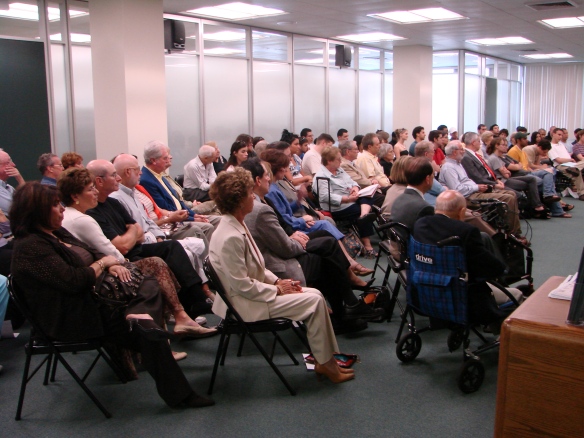
Crowded seating during an event held in the fifth floor prior to the renovation
At all other times, the space was accessible only to those staff who had a special key or fob that would allow the elevators to go to the 5th floor. With the rest of the library being so heavily used, with students having to sit on the floor between book stacks at times,
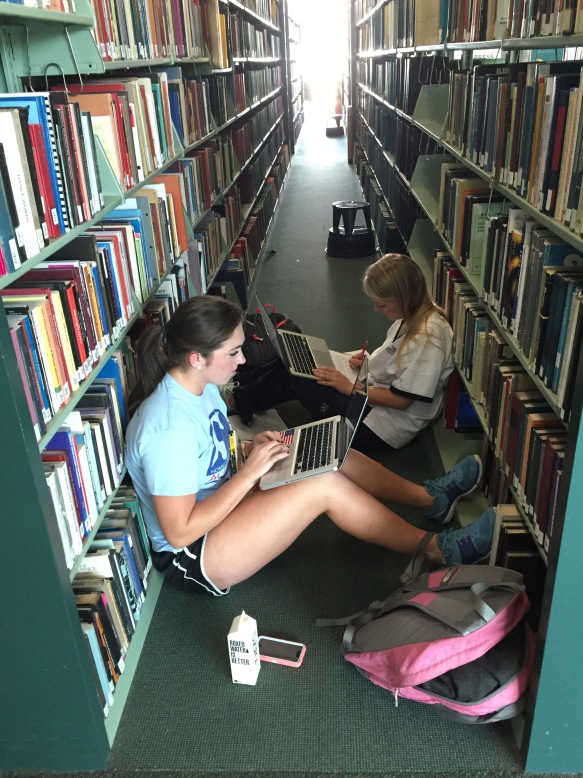
Students sitting on the floor between book stacks in the Wimberly Library
the need for transforming the fifth-floor space was self-evident. The students sit on the floor throughout the building both because there isn’t enough space

Students creating their own group-study space on the floor in another part of Wimberly
and they are trying to get access to the limited number of power outlets in a facility that was built before everyone had a computer or other device that needed power to run.
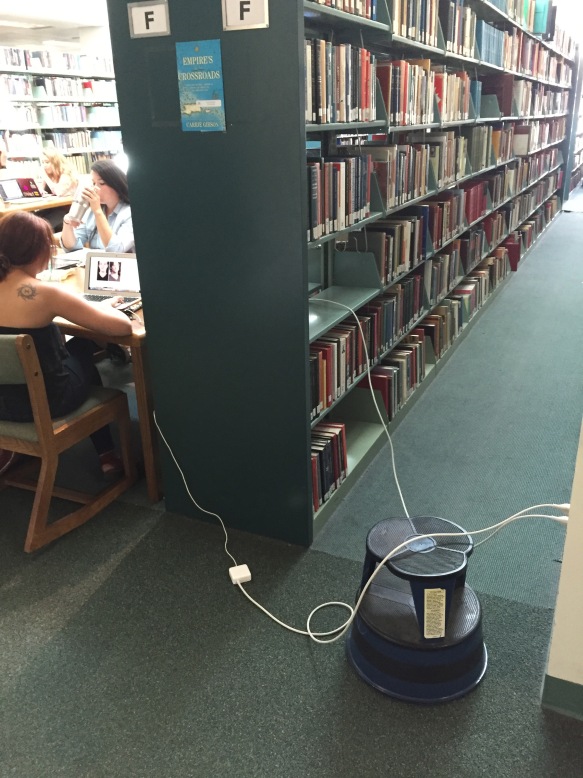
Students cluster around power outlets in other parts of Wimberly
In the budget cycle of spring 2016, I submitted a request to “redesign the 5th floor of the Wimberly Library to expand public space and secure collections and staff work spaces in order to open it to students and the public all hours that the Library is open. The 5th floor is the only space sufficiently large and open to provide a venue for events and presentations. With this redesign, the Library could host a wider array of student, faculty, and community presentations, as well as provide much-needed open study space when not in use for events and presentations.” The University recognized the need and provided a generous, one-time allocation of $250,000 for the project. A donation of $10,000 from the Lifelong Learning Society in 2016 allowed us to get a jumpstart on the renovation with repainting the main room in the public area of the fifth floor.
A subset of the Libraries’ Space Allocation Committee, led by Special Collections department head Vicky Thur, worked closely with me and with the University’s Design and Construction Services staff, under the leadership of Director Numa Rais, to design the space, review flooring and furnishings, and oversee the project details. Before work could start, collections had to be de-duped, consolidated, and reorganized. Staff work areas were also consolidated to align better with their functions, and unused furniture and equipment were removed. A glass wall was pushed back (shown in the image below) and the open floor space was increased from 2166.72 square feet to 4362.72 square feet.
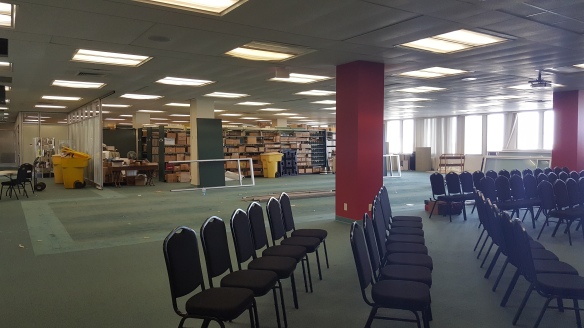
During the renovation, lines on the old carpeting show where the glass walls used to be
The vision that guided phase one of the fifth floor transformation, was to:
- Transform a restricted-access space used for staff, storage, & occasional events
- Develop an open, multi-purpose space to be used by students and faculty
- Build in flexibility so the space can be easily transformed for events
- Reduce storage space & increase the available square footage
- Add new seating emphasizing aesthetics, comfort, & function
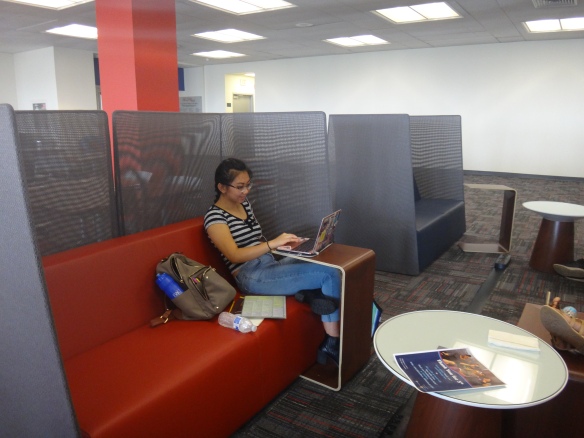
Comfortable booths with lightweight privacy screens
- Brand it as FAU space with colors & logos
- Accommodate individual & group study

Examples of individual and group seating areas now available
- Increase access to power & wi-fi
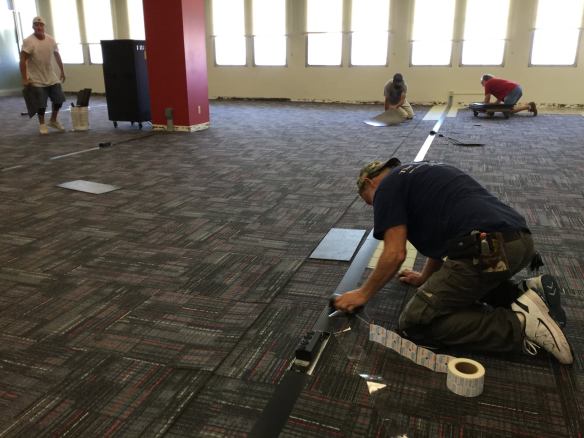
Installation of new carpeting and under-the-floor tracks that provide expanded access to power
- Maximize use of natural lighting
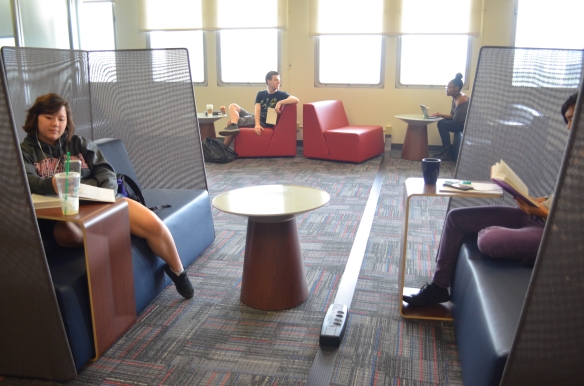
New seating areas that take advantage of natural light
- Ensure good presentation capabilities
The study furniture is designed to be stacked and quickly moved out of the way when lectures and presentations are planned. The back wall and podium (shown in the image below) are in place for talks and for projecting presentations.
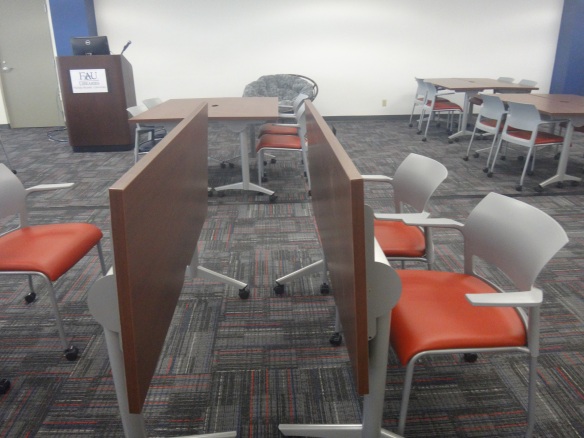
Tables fold up and stack to reconfigure the room quickly for presentations and the wall serves as the projection screen with a speaker’s podium off to the side
On opening day of the new space, students immediately began to take advantage of the new space and make themselves comfortable, as we hoped they would.
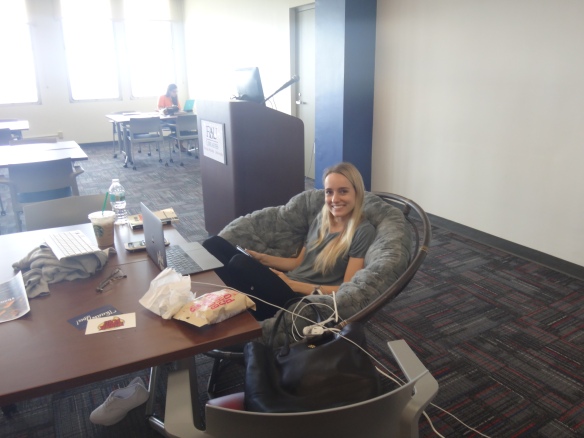
Student making herself at home in the new space
By fall 2017, the Libraries will have a policy and request form in place for special events to be held in the space, but with the focus being on events that are open to FAU’s students and that do not disrupt the students’ need to have adequate study space, especially during key parts of the semester.
The next phase of the fifth floor transformation will focus on redesigning the Weiner Suite and University Club boardroom to provide better exhibit space, a multi-purpose videoconferencing meeting room, and a lab where students can receive hands-on opportunities to work with Special Collections materials. Work is already underway, with the walls of the lab being built and the former board room being redesigned.

New hands-on instruction lab for Special Collections under construction
The Libraries – and FAU’s students – are grateful for the University’s support in providing the funding to make this radical transformation of the Wimberly Library fifth floor possible. The Libraries have collected dozens of thank-you cards written by students to President Kelly thanking him for his support, illustrated by one card shown below.
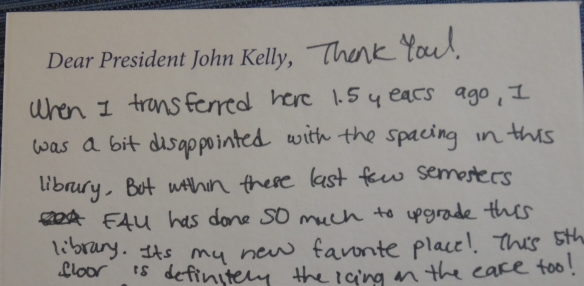
Thank you note written by a student on May 31, with name and contact information edited out.
Other work is planned or underway elsewhere in the Wimberly Library, including upgrading the group-study rooms and building a new single-point-of-service desk (combining three different service desks into one) directly in front of the front doors on the first floor. The FAU Libraries are committed to transforming space and services to meet the needs of today’s students and faculty. Check back here for updates as we continue to implement our new vision.
Images in this posting were taken by Carol Hixson, Patricia Koppisch, Vicky Thur, and Carol West.

